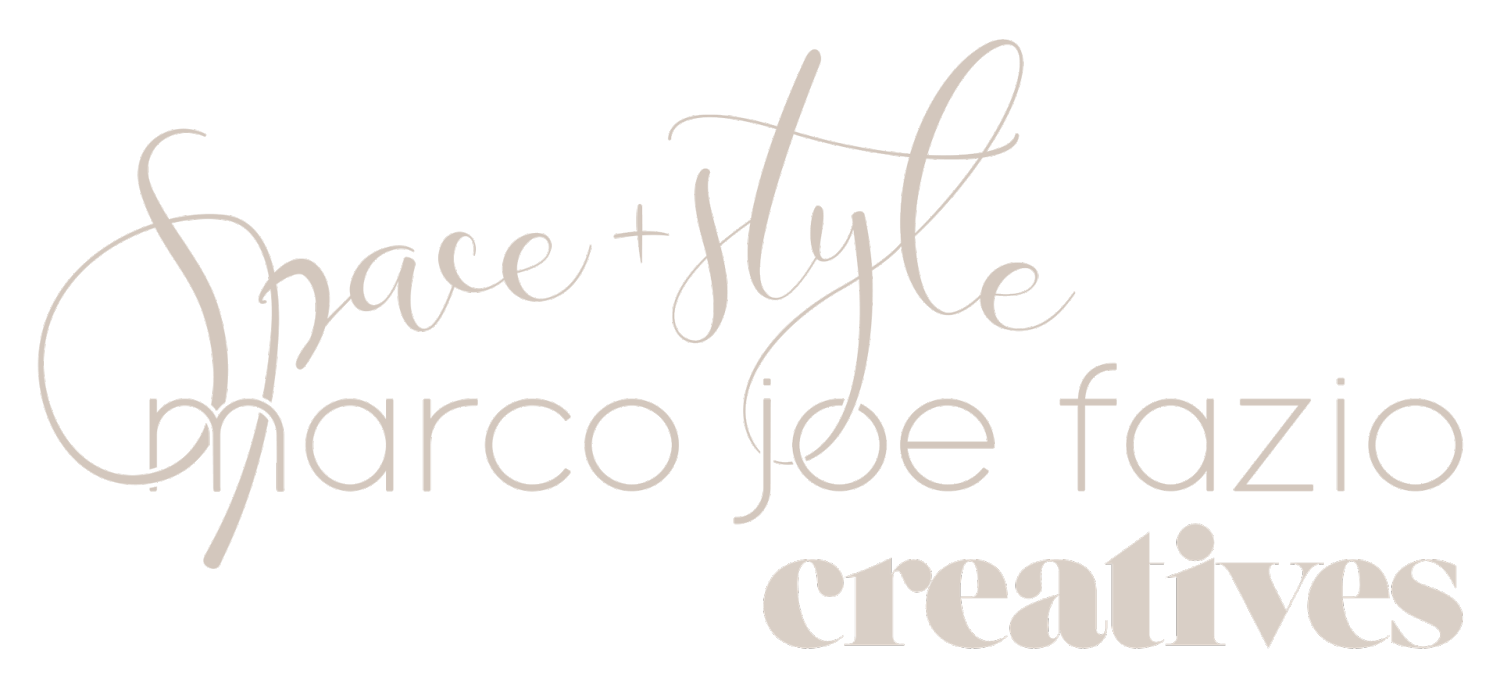☩ ☩ ☩ ☩ ☩
IraFurious and uncontrolled impetus, born from an offence believed undeservedly received: that’s Wrath, one of the Seven Deadly Sins

☩ ☩ ☩ ☩ ☩
Immediate is in literature the reference to Achilles’ wrath on Homer’s Iliad. Nonetheless, the most portrayed wrath in two thousand years of history is the Wrath of God.
There is also wrath typical of melodramas, usually caused by resentment. We finally arrive at nowadays wrath, which seems to blast from nothing?
Easy to understand that wrath is a state of alteration. Possibly, it is the only one of the seven sins not caused by egotistic reasons. It can be seen as a momentary explosion of rage, able to drastically alter the reality perceived by the individual possessed by wrath, who changes - or loses at all - his/her point of view. The perception of the surroundings and self-awareness shift on a space completely different from habitual life. We can say that, at that moment, that he/she is alone with his/her own drama without any relationship with other people. He/she is in an empty space. A typical consequence of this state is hate, a more enduring, stable and relative feeling.
As physicists would say, wrath is a “phase transition”, a confined lapse where a transformation, or better, a transfiguration, happens. Then everything changes; face, body, reality.
Referring to Hieronymus Bosch’s The Seven Deadly Sins and the Four Things painting- where Wrath is symbolised by a scuffle between two drunk peasants while a woman is trying to stop them - it is interesting to linger on its depraved aspect (communal to all the Seven Sins), which assumes habit or inclination to commit a sin.
This is the key; To read our own interpretation - or reiteration - of the sin of Wrath. Compared to the Flemish masterpiece, our intention was to strengthen the dichotomy: although taken by a similar rage, the two combatants have different genres. Caliban, a man, and Gorgo, a woman, express in their fighting a painful trait of humankind, a rift that cannot be healed. This deadly split could be recomposed only thanks to the human pietas, symbolised by Persephone. This third character is crying as a tragedy mask, seemingly terrified and helpless, but her sensitivity and her awareness of the evil beneath the wrath gives hope for a way out.
☩ ☩ ☩ ☩ ☩
photography & set design // Marco Fazio
filmmaker // Patricia Vilani at Suspicious Behaviour
filmmaker // Paul Sunich at Tracer7Films
art director // Strawberry Love
fashion designer // Marianna Nardin at Blackmirror Design
make-up artist & hair stylist // Robyn Skinner
art consultant // Iggy Passenger
set design consultant // Claudia Parker
construction coordinator // Urim Mripa at DOT Bespoke
CGI designer // Marco Vacca
key scenic // Michal Mackiewicz
assistant photographers // Debora Palazzo, Alfredo Ezquerra Sanchez, Laurent Azemi
assistant videographer // Yhago Maia
&
model, arms & armour scholar // Bella White as Gorgo
model // Elena Miriam Tun as Persephone
model // Champ Imi as Caliban
location and set construction // courtesy of DOT Bespoke, London (UK)
oxidised finish for backdrop panel // courtesy of Metropolis by IVAS, San Mauro Pascoli (Italy)
catering // courtesy of Curled Leaf, West Hampstead, London (UK)
☩ ☩ ☩ ☩ ☩
Wrath Reloaded… or the fifth deadly thing
introducing
Bella White as “Gorgo”
Champ Imi as "Caliban"
Elena Tun as "Persephone"
AngerDespairRage Wrath!
“His Heart was darker
than the starless night
For that there is a morn
But in this black Receptacle
Can be no Bode of Dawn”
“– And without drums or music, long hearses
Pass by slowly in my soul; Hope, vanquished,
Weeps, and atrocious, despotic Anguish
On my bowed skull plants her black flag.”
“... and the woman saw that the tree was good for food
and it was pleasant to the eye
and a tree to be desired to make one wise
she took of the fruit thereof...”


